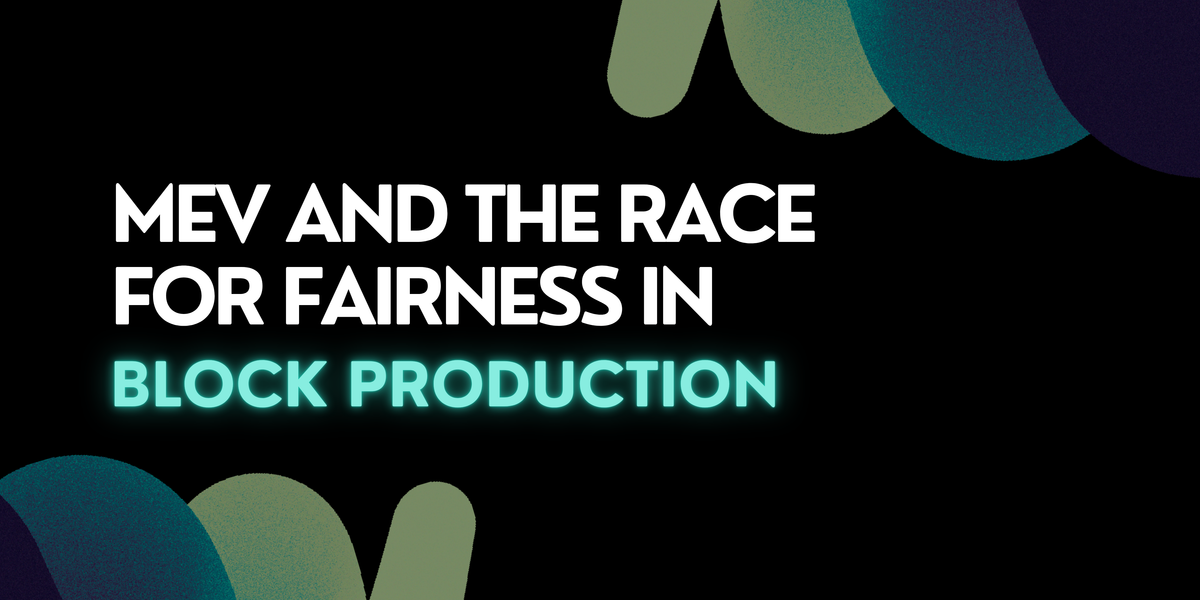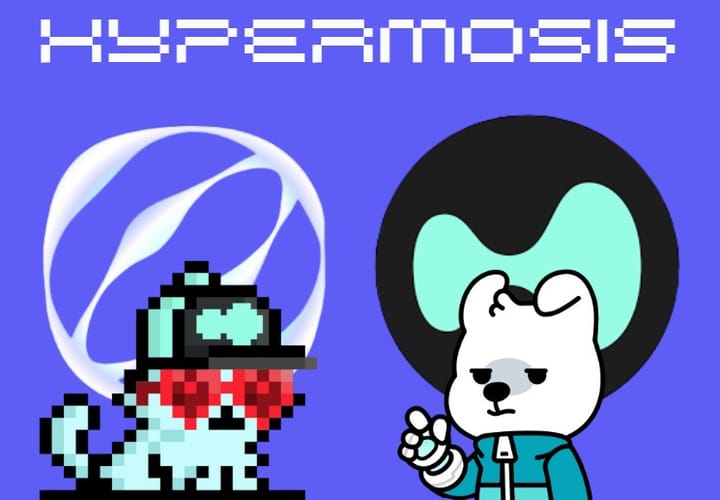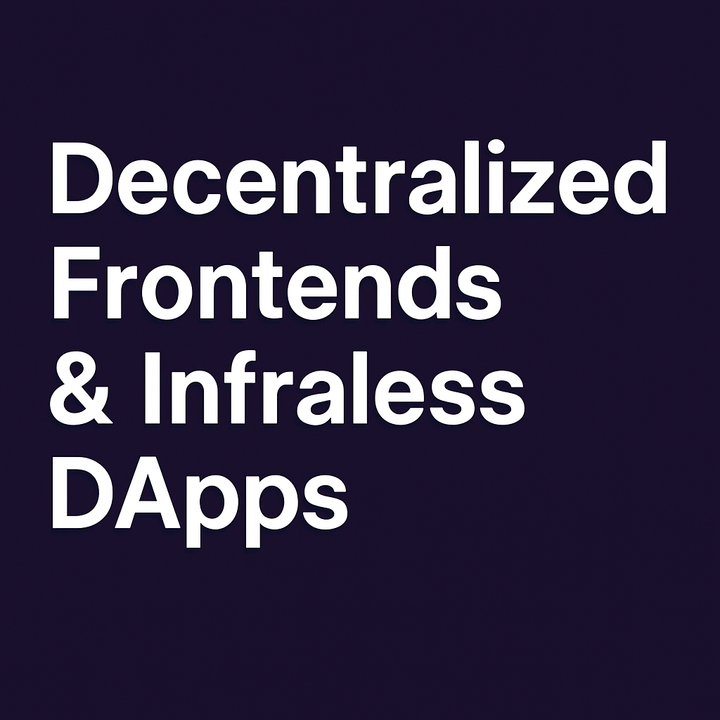MEV and the Race for Fairness in Block Production

Introduction
As blockchain networks mature, they face growing challenges in ensuring fairness, decentralization, and user protection. One of the most critical issues today is Maximal Extractable Value (MEV), the profit that can be made by reordering, including or excluding transactions within a block. Originally called Miner Extractable Value, the term evolved after Ethereum transitioned to a proof-of-stake (PoS) consensus mechanism, where validators replace miners.
MEV presents systemic risks. It enables front-running and sandwich attacks, degrades user experience, creates centralization incentives, and can threaten consensus security. The race for a fairer block production system has birthed innovations like Proposer-Builder Separation (PBS) and SUAVE by Flashbots.
What is MEV?
Maximal Extractable Value (MEV) refers to the profit that validators (or previously miners) can extract by manipulating the order and inclusion of transactions in a block. This includes:
- Front-running: Executing a trade before a known pending transaction to profit from price movement.
- Back-running: Executing a trade immediately after a large transaction to ride price impact.
- Sandwich attacks: Placing one transaction before and one after a target transaction to exploit slippage in DeFi protocols.
MEV can be innocuous (e.g., arbitrage between DEXs) or malicious (e.g., exploiting users without consent). In Ethereum, MEV is most prevalent during periods of high network activity, like NFT drops or DeFi liquidations.
The Threat of Unfair Block Production
While MEV may seem like a technical quirk, it creates real-world consequences:
- User Exploitation: Users can lose money via sandwich attacks without realizing it.
- Validator Centralization: MEV rewards incentivize collusion with sophisticated block builders, centralizing power among a few elite validators.
- Network Instability: Bots compete aggressively for MEV, spamming the mempool and clogging the network.
- Consensus Risk: Validators might prioritize MEV over honest participation, undermining chain security.
The combination of technical complexity and economic incentive makes solving MEV a pressing issue for blockchain ecosystems.
Proposer-Builder Separation (PBS): A Promising Breakthrough
PBS is a conceptual and technical approach to mitigating MEV’s centralizing effects.
How PBS Works
Under the traditional model, a validator proposes and builds blocks. PBS separates these roles:
- Builders: Construct blocks with the most profitable transaction order, including MEV opportunities.
- Proposers: Choose the best block from competing builders and propose it to the chain.
This separation:
- Reduces power concentration.
- Limits the ability of proposers to front-run transactions.
- Encourages a more permissionless and competitive market for block construction.
SUAVE: Flashbots' Vision for a Fair MEV Future
In response to ongoing MEV issues, Flashbots is building SUAVE (Single Unifying Auction for Value Expression).
What is SUAVE?
SUAVE is a new, MEV-aware blockchain infrastructure layer designed to democratize MEV extraction and protect users. Its core innovations include:
- Privacy-preserving mempool: Prevents front-running by keeping transactions confidential until block inclusion.
- Universal block building: Works across chains, allowing cross-chain MEV resolution.
- Open participation: Anyone can participate in the value expression process (not just validators or elite searchers).
SUAVE shifts MEV from being extractive to expressive. Instead of searchers exploiting users, users can specify how they want their transactions handled, reclaiming control over MEV.
Why It Matters: MEV’s Impact on Stakeholders
For Users
- Unfair transaction ordering leads to financial losses.
- MEV bots can outbid users, leading to failed or inflated gas-fee transactions.
For Validators
- MEV rewards are tempting but promote cartelization.
- Validators dependent on MEV builders may act against network decentralization goals.
For Networks
- Sustained MEV exploitation weakens trust.
- PBS and SUAVE support Ethereum’s long-term vision for a decentralized, credibly neutral platform.
Leading MEV Resistance Projects
Several initiatives are actively working to detect, reduce, or neutralize MEV harms.
1. Flashbots
- The most prominent MEV research and tooling team.
- Developed MEV-Boost, an implementation of PBS used by Ethereum validators.
- SUAVE aims to create an MEV-neutral layer across chains.
2. MEV-Boost Relays
- Open-source software enabling validators to accept blocks from external builders.
- Popular relays include:
- Flashbots Relay
- Ultra Sound Relay
- BloXroute’s Max Profit Relay
3. Espresso Systems
- Building a decentralized sequencer for rollups that can mitigate MEV through fair transaction ordering.
- Uses cryptographic techniques to prevent manipulation and ensure fairness.
4. Fairblock
- Researching encrypted transaction ordering using threshold encryption and verifiable delay functions (VDFs).
- Goal: Users submit encrypted transactions, preventing early visibility and thus eliminating front-running.
5. Eden Network (now deprecated)
- Tried to create MEV-boosted blocks with whitelist protections.
- Introduced priority gas auctions, though its centralization concerns led to community pushback.
The Future of MEV Mitigation
As blockchains scale, MEV’s influence will only grow, especially across multi-chain environments. Emerging challenges include:
- Cross-chain MEV: Arbitrage opportunities between L1s and L2s.
- Rollup-centric MEV: Shared sequencer designs raise MEV issues at the rollup layer.
- User customization: New dApps must let users express preferences on slippage, privacy, and inclusion.
The rise of decentralized builders, privacy layers, and encrypted mempools signals hope for a more equitable ecosystem.
Conclusion
MEV isn't just a technical problem, it’s a fundamental design challenge that touches user experience, validator incentives, and network integrity. Through innovations like PBS and SUAVE, and a growing movement of resistance-focused projects, Ethereum and other chains are paving a path toward more transparent, user-aligned block production.
But the race isn't over. As blockchains scale and evolve, so will MEV strategies. Ensuring fairness means staying ahead with research, regulation, cryptographic tools, and user advocacy.
References
- https://www.flashbots.net
- https://docs.flashbots.net
- https://writings.flashbots.net/the-future-of-mev-is-suave
- https://ethereum.org/en/developers/docs/mev
- https://ethereum.org/en/roadmap/pbs
- https://www.espressosys.com
- https://docs.espressosys.com
- https://www.fairblock.network/how-it-works
MITOSIS official links:
GLOSSARY
Mitosis University
WEBSITE
X (Formerly Twitter)
DISCORD
DOCS


Comments ()